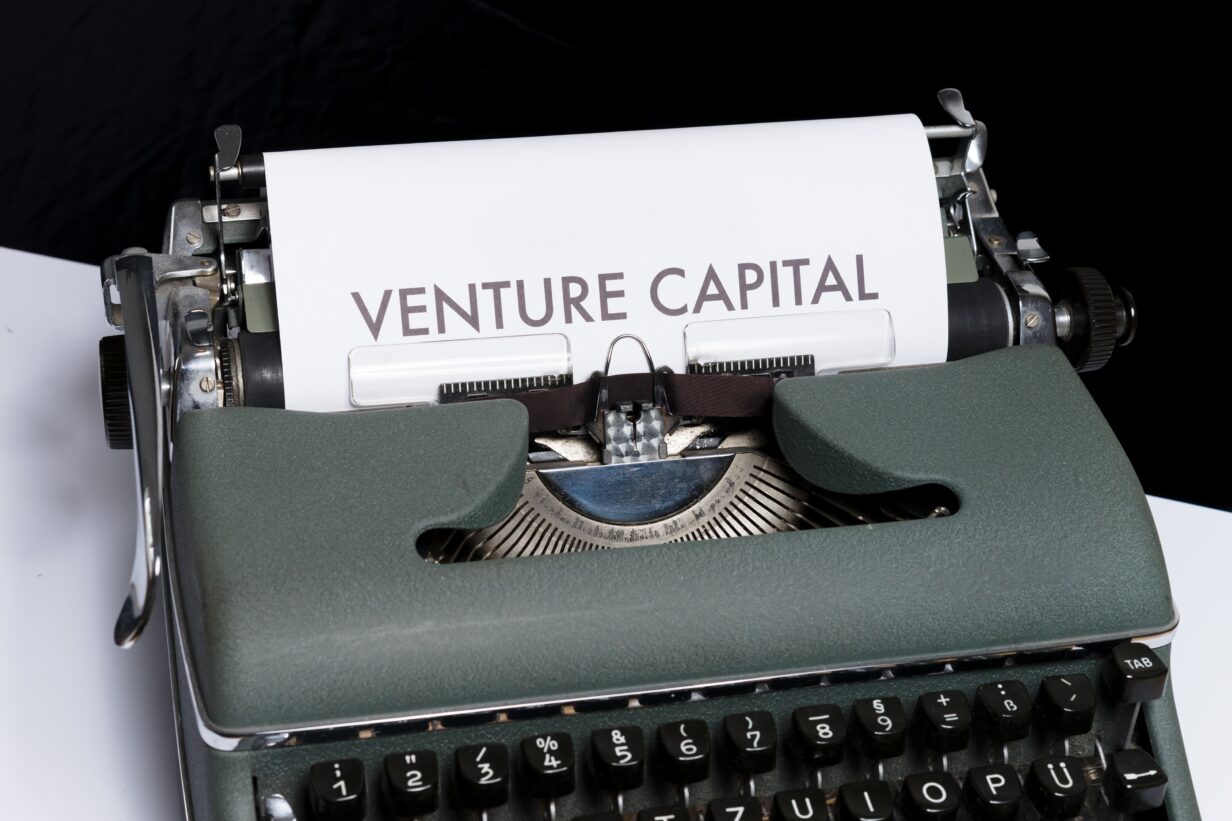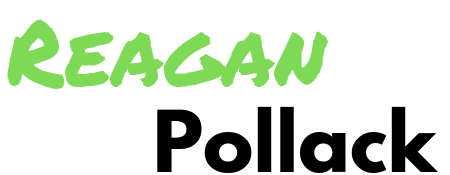
2020 Startups – A Year in Review
This year has been marked by one of the most unprecedented, and challenging global economic environments of the last one-hundred years. Despite the aforementioned, startup investing continues to rip at a feverish pace, marked by technology, artificial intelligence, e-commerce, and enterprise software firms.
According to this CrunchBase report, “Overall, total global venture dollars for 2020 track at $129 billion for the first half of the year. This includes all funding stages, from seed, venture, corporate venture and private equity rounds in venture-backed companies.” As of Q2 of 2020, “over $2 billion was invested at the seed stage this quarter.”
With the rise of boutique seed funds and angel investing marketplaces such as AngelList and crowdfunding sites, we’ve witnessed a remarkable growth of easy access to pre-seed, seed, and early stage financing for startups of all domains on a global level. To say it simply, startups seeking to raise funding have never had this type of breadth and access to quality funding sources for both equity and debt capital.
That being said, we’ve also seen a variety of new forms of IPOs including SPACs (Special Purpose Acquisition Company) and direct listings, that provide later stage startups with an easier way to go public without the traditional road-showing that’s normally required to attract underwriters and investment banks.
In July of this year, I was asked by a preeminent seed/early-stage Silicon Valley Venture Capital firm to join their Advisory team, tasked with the objective to meet with founders running startups inside of their portfolio, with the aim to help their companies find new areas of growth, and to shake off early stage headwinds. Most of the startups have raised between $100,000 to $1M+ in venture capital, have a small, but talented team, and are outgrowing their product-market-fit phase and moving into scaling (growth mode).
As the ‘new normal’ has settled in globally, startups are being forced to preserve capital to weather the storm, and also find innovative ways to appeal to the shifting demands of WFH (work-from-home) demands, at-home consumers, online shoppers, and distributed workforces. Larger stage enterprise deals which may have taken 3-6 months to close, which often required on-site negotiations and meetings, are either being delayed until the economy rebounds, or are being executed at a faster pace (providing the value proposition of the services offered are applicable for today’s shifted times).
2020 Startups Focus on Creating Value Today:
I have had a flurry of Zoom calls with founders across the world – from San Francisco to New York to Singapore – all working diligently to scale their startups to the next level. I want to highlight a few of the recurring themes that I have seen, and the frequently asked topics, that have arisen from these discussions.
- Developing Lead Gen that Drives Results: Founders today are asking themselves how they can not only find new clients, but also find better ways to set up a qualification system to weed out leads, and focus on real, paying customers. Founders routinely ask me what method or approach they should use to identify quality leads, and how they can best establish brand awareness to rise above the cacophony of noise vying for their market’s attention. My answer is simple – you have to do what others are unwilling to do. Meaning, a cold, templated e-mail might have worked in years past, but in today’s tumultuous environment, your startup has to speak to how you can solve pain today (not some day). By spending more time researching a potential client, understanding their current pain-points, and figuring out how your service can play an integral role in ameliorating their pain, startups more acutely position themselves to elicit a higher response rate from executives, and also close deals faster. If you can explicitly prove that you can save a client $100,000 per year on their back-office expenses, that is a much more powerful statement, than “our platform can save you money”. Soft-sells fail to garner the attention they once did. Today’s times require concrete evidence that your product/service can deliver immediate, quantifiable results that move the needle.
- Expediting Deal Time-to-Close Rates: Startups (of the past) have been notorious for offering free pilots and free betas, whose underlying aim is to build a rosy pipeline that helps them attract more venture capital. Conversely, for today’s times, paying customers matter more than free users. If you can demonstrate to a VC that you have 10 actual paying enterprise clients, it is a far more attractive venture for them than if you claim to have 500 (free) users in the pipeline that may convert in three months. Time to closing a sale has become a valuable KPI (key performing indicator) that startups I advise measure carefully with a diligent eye. Time, a pernicious and unwavering competitor for startups, is equivalent to cash burn – the more time it takes to close a sale, the more cash you burn through to get to the next milestone. The faster you can get off the borrowed capital train, and onto the revenue train, the better hedged you are at scaling your startup to the next phase. And, should you wish to continue to raise VC, you put yourself in the driver’s seat when it comes to negotiating favorable equity/dilution terms.
- Accelerating Cash Flow: the Achilles heel of a startup is cash flow – the faster you realize cash, the more you flip the cash flow cycle in your favor. Startups that charge clients monthly, vis-a-vis a SAAS subscription, must face the dreaded churn of clients who decide to unsubscribe and cancel their services. In Silicon Valley, the concept of Customer Acquisition Cost (CAC) and Customer Lifetime Value (CLV) has become the de-facto metric that they measure to gauge the vitality and growth potential of a new venture. I implore startups to nix monthly subscriptions, and offer annual agreements (even at discounts when possible) so that they can realize more cash flow today, and can ramp up their revenue growth. A startup that charges a $50 per month subscription requires twelve months just to realize $600 in revenue. With 100 paying clients, not counting for churn, they would require twelve months to hit $60,000 in gross revenues. Whereas, a company that has 50 clients buying an annual subscription yields a $30,000 revenue milestone in a faster time frame, say 2-3 months, and implies a much faster growth rate curve to prospective investors. Startups often forget to also factor in the burn rate associated with running their company for an entire year to just yield $60,000 in revenue by year-end. By shifting to an accelerated cash flow cycle, they may lose a percentage of customers unwilling to pay upfront today, but they lower their burn rate, improve their growth rate, and position themselves in a positive cash flow cycle.
Regardless if your startup is in SF or Singapore, the fundamentals of running a VC-backed company in today’s new environment persist – quality and consistent revenue growth today matters more than vanity metrics tomorrow. Today’s founders are building the corporate calluses needed to survive and thrive tomorrow. Bad winters weed out the weakest of crops, and if Darwinian rules apply to founders and their startups, those willing to radically adapt their marketing, financial management, and strategic thinking, are poised to flourish when sunnier times materialize again. I can unequivocally say that the founders that do what is necessary today, are the ones that live to see tomorrow.
Credit: Photo by Markus Winkler on Unsplash


Recent Comments